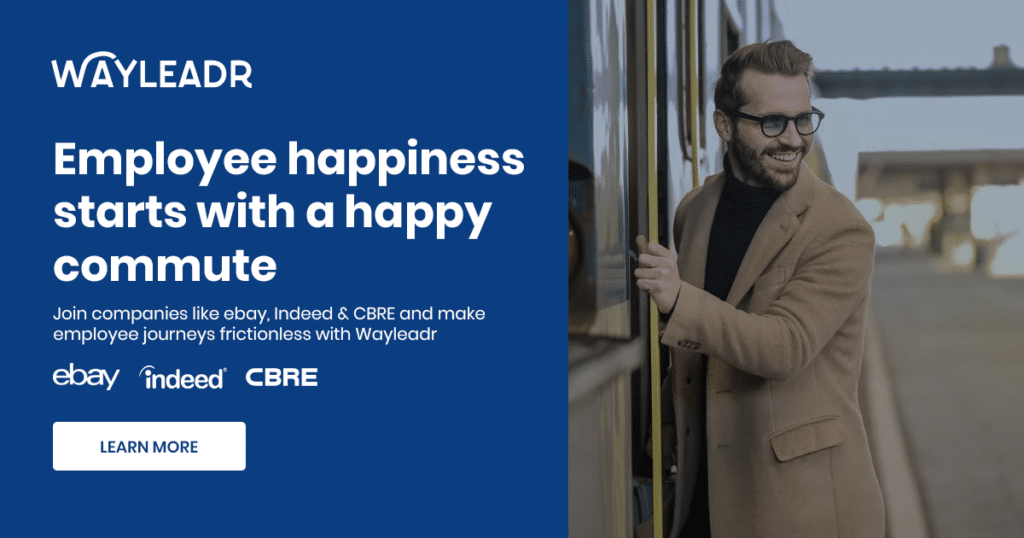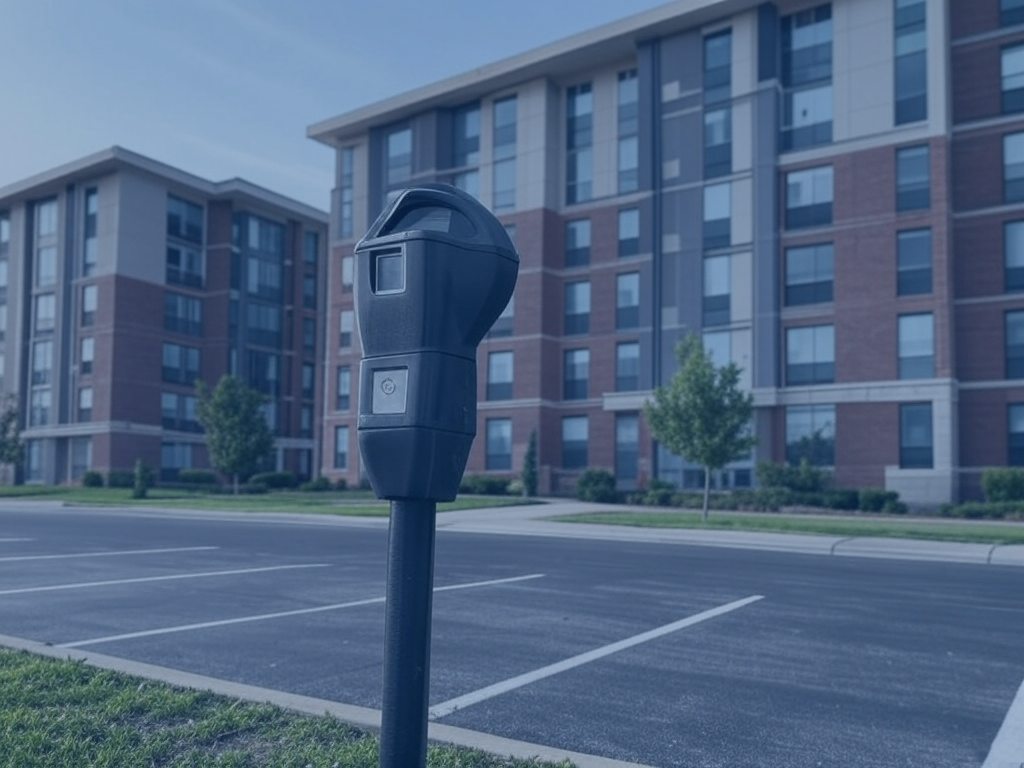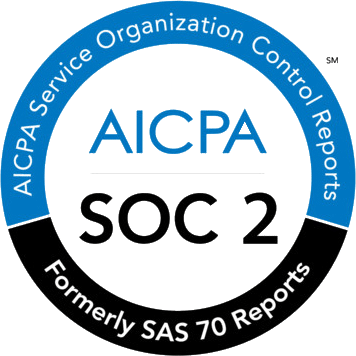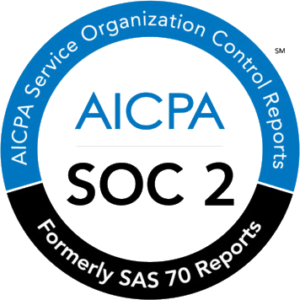‘How does employee turnover affect a company?’. It’s a question that is affecting businesses massively in 2022.
So much so, that according to statistics, employee voluntary turnover jumped by 20 percent after the pandemic.
Over 37 million people will voluntarily leave their jobs in 2022. If you work in a management position, or own a business, you might be wondering how this will affect you.
You may even think that you can just replace the exiting staff and everything will be fine. However, that just isn’t the case.
Employee turnover affects businesses massively in a number of ways. Here are just a few of them.

Table of Contents
Toggle5 ways employee turnover affects a company
Talent and experience drain
The most obvious issue in losing an experienced staff member is that you lose their experience and expertise. Of course, you may find a replacement, but they will not have the inner knowledge of your company and processes.
Thus, you will need to spend time and money on training that new staff member and getting them up-to-speed. In doing so, you are missing out on the productivity levels of that already knowledgeable employee who has just left.
The cost of replacing them
The cost of replacing an employee is estimated to be anywhere between 33 percent to 200 percent of that employee you are replacing’s annual salary. That is a lot of money and if you are regularly replacing employees, then you leaking cash in recruitment costs.
Of course, it is not just the cost that HR incurs when this happens. As previously mentioned, you are also losing out on the productivity of a fully trained staff member doing their job.
Boost employee retention & morale with parking benefits
Discover how Wayleadr's parking benefits can help you improve employee retention and morale
Learn MoreReputation suffers so business becomes less attractive
Nowadays, it is not just employers who research potential recruits. The best talent also does extensive research into their potential future employers. And businesses with a high staff turnover are naturally less attractive to ones whose employees find it a great place to work.
If those researching your company see that it has a high staff turnover, they will assume that it is not a fantastic place to work. Therefore, by consistently losing staff, you could also be deterring the best talent on the market from joining your firm.
Morale of remaining staff is hit
It is tough for employees to consistently see their colleagues move on to pastures anew. It affects team morale, as staff don’t see the point in building productive relationships if they are unlikely to last.
Likewise, the organization of a business can feel constantly in flux when the foundations are constantly moving.
Loss of customers
Returning customers build relationships with employees, as well as businesses. And if your employees are constantly moving on, it makes sense that they will look to maintain those customer relationships even if they are not with your company.
Thus, not having a good staff retention record will affect your business’ revenue too.
How can technology help prevent turnover?
There are many ways to improve your staff retention. One of the most glaring is to employ technology to improve the daily work lives of employees.
Here are just a few ways it can help.
Staff feel more heard
In a world where hybrid working is the norm, staff members can sometimes feel as though they don’t have the opportunity to discuss issues with their management. This doesn’t have to be the case.
With communication apps, such as Slack, manager can have an open door policy with their employees and ensure that they feel heard and valued.
There is more organization
A common problem employees cite in their exit interview is the need for more structure in their work to reach their full potential. Businesses can use productivity management apps, such as Trello or Monday.com to help their existing staff members get that required structure.
Also, by using these apps, employees can demonstrate the work they are doing and the actual value that they are bringing to the business. In turn, management will realize what they could be potentially losing before it’s gone.
Morale can improve
Just because businesses are using hybrid structures, that doesn’t mean that they can’t still have team building days. By doing this digitally, staff members get to know each other, no matter where they are.
When people feel like they are part of a team, they become more reluctant to look for alternative employment.
The little things are taken care of
Little perks can entice both new staff to join your business and as well as convince existing employees it is the right place for them.
The likes of Wayleadr is a space management solution that ensures there is no unnecessary conflict between staff who want to use the facility when it comes to booking parking, desks or EV chargers.

Employees feel valued
At the end of the day, employee retention improves when employees feel valued. Thus, ensuring that this is the case can lead to less employee turnover.
Another way you can achieve this is by employing software like Wayleadr, that improves employees day-to-day experiences with their commute.
How Wayleadr reduces employee turnover
With Wayleadr, employees can book parking and desk spaces before they ever leave, so they know they will be guaranteed a spot where they can do their best work, when they arrive at the office. They will also be able to see in real-time if the lot is full. Thus, they will never have the frustration of arriving to work only to see that they have nowhere on-site to park their car.
When a staff member feels as though you are putting the effort in for them, they are more likely to do the same for you. By using the right technology you can ensure that employee turnover is kept to a minimum.
Book a demo now to see how Wayleadr can help your organization.












